“Nostalgia may be an illusion, but it has become an integral part of global culture… often used—and even exploited—by politicians to invoke memories of ‘better times,’ whether real or imagined.” — Tinatin Japaridze
In two of the world’s largest democracies, political movements have emerged around the promise of revival. “Make America Great Again” and its ideological counterpart in India evoke a time when these nations were supposedly stronger, purer, more unified. But beneath the slogans lie a deeper truth: the greatness being sold is not a destination, but a mirage — shimmering, seductive, and ultimately misleading.
Donald Trump’s America looks back to the 1950s — a booming economy, suburban expansion, and global dominance. Yet this era also bore the weight of racial segregation, Cold War paranoia, and rigid social norms. In India, the narrative draws on an imagined golden age of Hindu civilisation, often sidelining the pluralistic and secular ideals that shaped the republic after independence. These visions are selective. Strategic. Designed to stir emotion more than reason.
And they work. For the hardliners, they offer validation. For the disillusioned, they offer hope. But it is a hope built on exclusion, not inclusion — a backward gaze in a forward-moving world.
Consider the achievements both nations have made since independence. India, born into poverty and partition in 1947, transformed itself through grit and vision. The Green Revolution in the 1960s turned famine into food security. Institutions like AIIMS, IITs, IIMs, and ISRO became global beacons of excellence in medicine, engineering, management, and space science. India’s digital leap — Aadhaar, UPI, and mobile banking — reshaped governance and inclusion. These were not the fruits of ancient glory, but of democratic consensus and policy continuity.
India’s rise is also moral. Leaders like Nehru, Gandhi, Tagore, and Ambedkar envisioned a nation built on dignity, equity, and humanism. India’s leadership in the Non-Aligned Movement and its advocacy for the Global South reflected a commitment to justice beyond borders. Today’s achievements — from AI research to vaccine diplomacy — are built on this legacy, not on sudden ideological awakenings.
(What if the “greatness” we keep chasing is a mirage? From Trump’s America to India’s civilisational revival, nostalgia has become a political currency — powerful, persuasive, and perilously selective. In an age racing toward the future, we’re being sold the past.)
The United States, too, has achieved remarkable progress. Its founding ideals — liberty, democracy, individual rights — set global benchmarks. The moon landing in 1969, the birth of the internet, and the rise of Silicon Valley redefined innovation. Civil rights movements reshaped society, challenging racism, sexism, and homophobia. American culture — music, cinema, literature — became a global language.
Yet America’s rise carries a profound moral stain: the near-eradication of its Indigenous peoples. The nation was built on the displacement, extermination, and cultural erasure of Native Americans. From the Trail of Tears to broken treaties and forced assimilation, this dark chapter remains a sobering reminder that greatness often comes at a cost. A cost rarely acknowledged in the nostalgic narratives of revival.
What Trump and his ideological peers offer is not reinvention, but regression. Their slogans frame diversity as dilution, dissent as disloyalty, and complexity as chaos. They exploit the anxieties of those left behind by globalisation, automation, and cultural change. But they ignore a fundamental truth: progress is inherited. It is not conjured. It is built layer by layer, across generations.
Take technology. The leap from 2G to 5G — and now 6G — is not a miracle of the moment. It is the result of decades of research, infrastructure, and global collaboration. To claim credit for such advancements without acknowledging the roots is like admiring the fruit and ignoring the tree. Scientific progress today is exponential. It cannot be slowed to accommodate nostalgia.
And yet, both nations are witnessing democratic erosion. In the U.S., Trump’s tenure saw attacks on the press, the judiciary, and even the electoral process. In India, institutional independence has come under strain, with growing concerns over press freedom, academic autonomy, and religious polarisation. These are not signs of greatness. They are symptoms of democratic fatigue.
Still, the achievements of both nations remain undeniable. The U.S. continues to lead in innovation, higher education, and cultural influence. India is emerging as a global tech hub, a space power, and a moral voice in international forums. But these successes are not the result of nationalist nostalgia. They are the product of pluralism, perseverance, and policy continuity.
“We dream of a better world, but it is in Utopia — that is, nowhere.” — D.W. Brogan
True greatness is not about looking backward with selective pride, but forward with collective purpose. It is about honouring the past without being imprisoned by it. And it is about recognising that the future belongs not to those who shout the loudest, but to those who build the most — with vision, integrity, and compassion.
The mirage of “greatness again” may dazzle. But it cannot deliver. Because real greatness is not reclaimed. It is reimagined.
<><><>
(Krishan Gopal Sharma is a freelance journalist and retired officer from the Indian Information Service. Views are personal.)
.jpg)
 Krishan Gopal Sharma
Krishan Gopal Sharma 



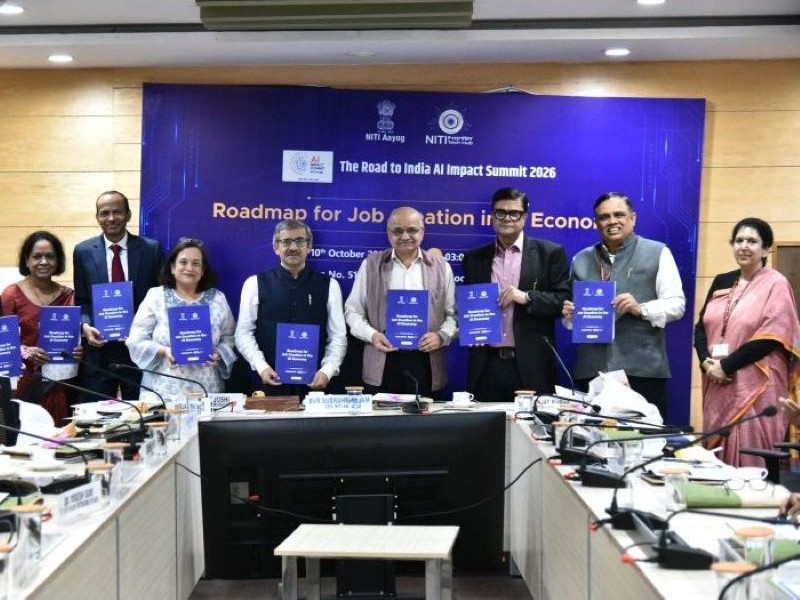

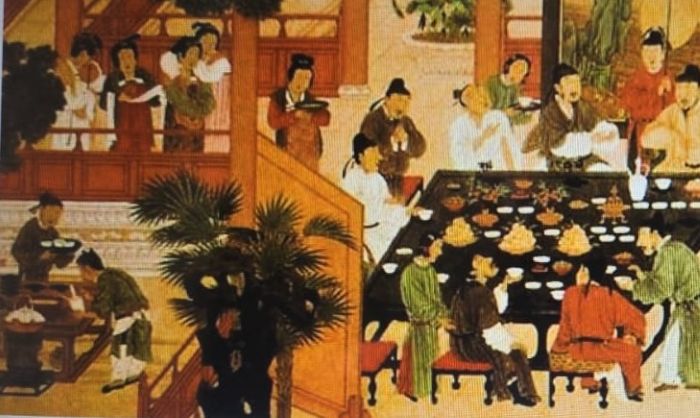



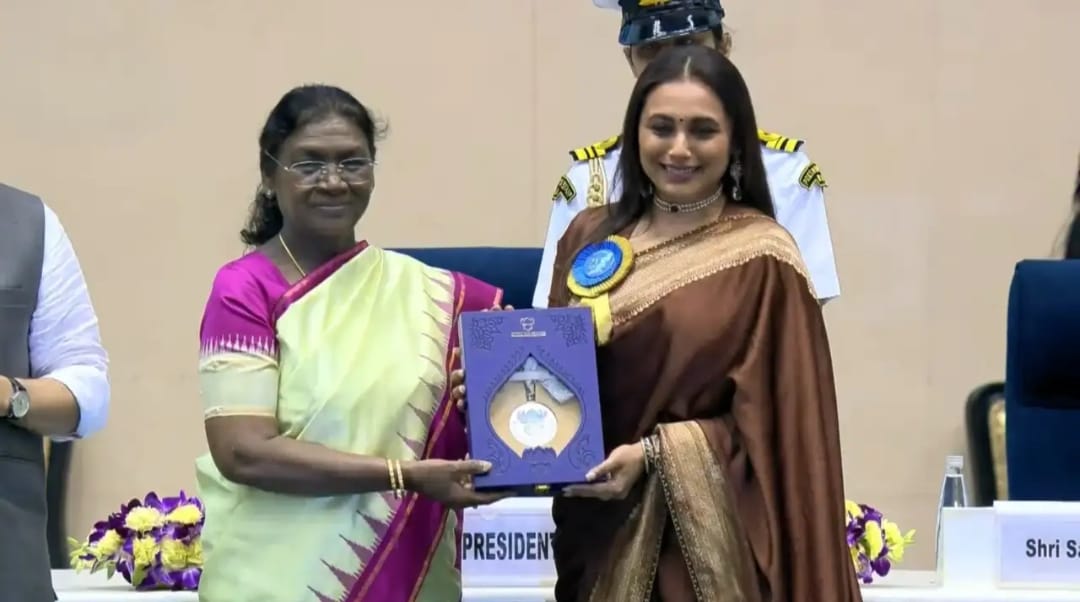

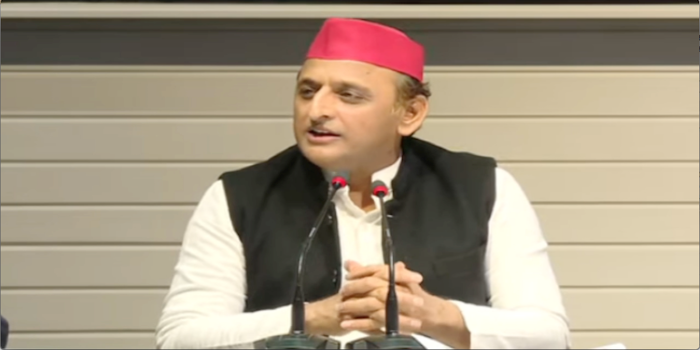

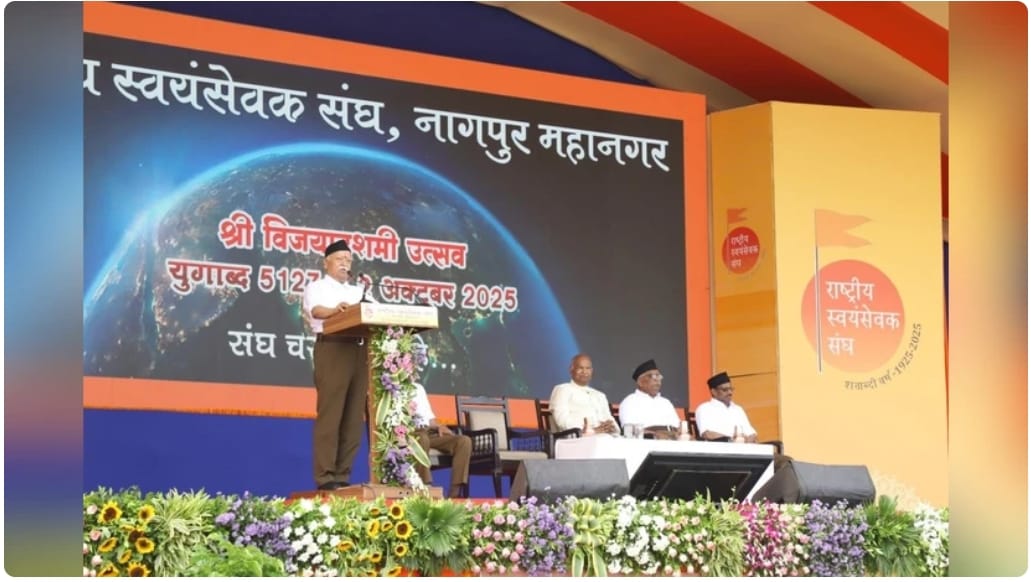


Related Items
Trump slaps 100 pc tariff on Chinese goods from November 1
Nobel Peace laureate dedicates award to people of Venezuela, Trump
Obama got Nobel peace prize for doing nothing, destroying US: Trump